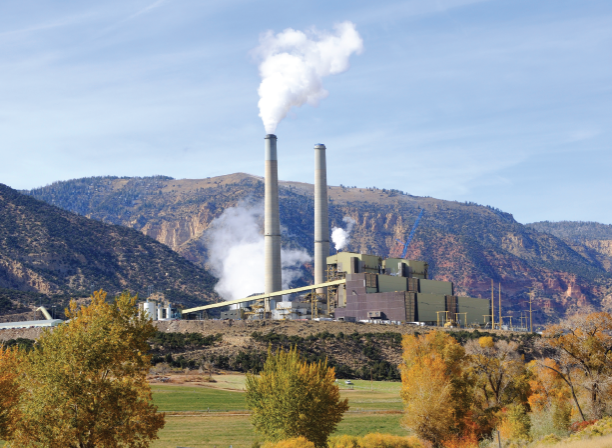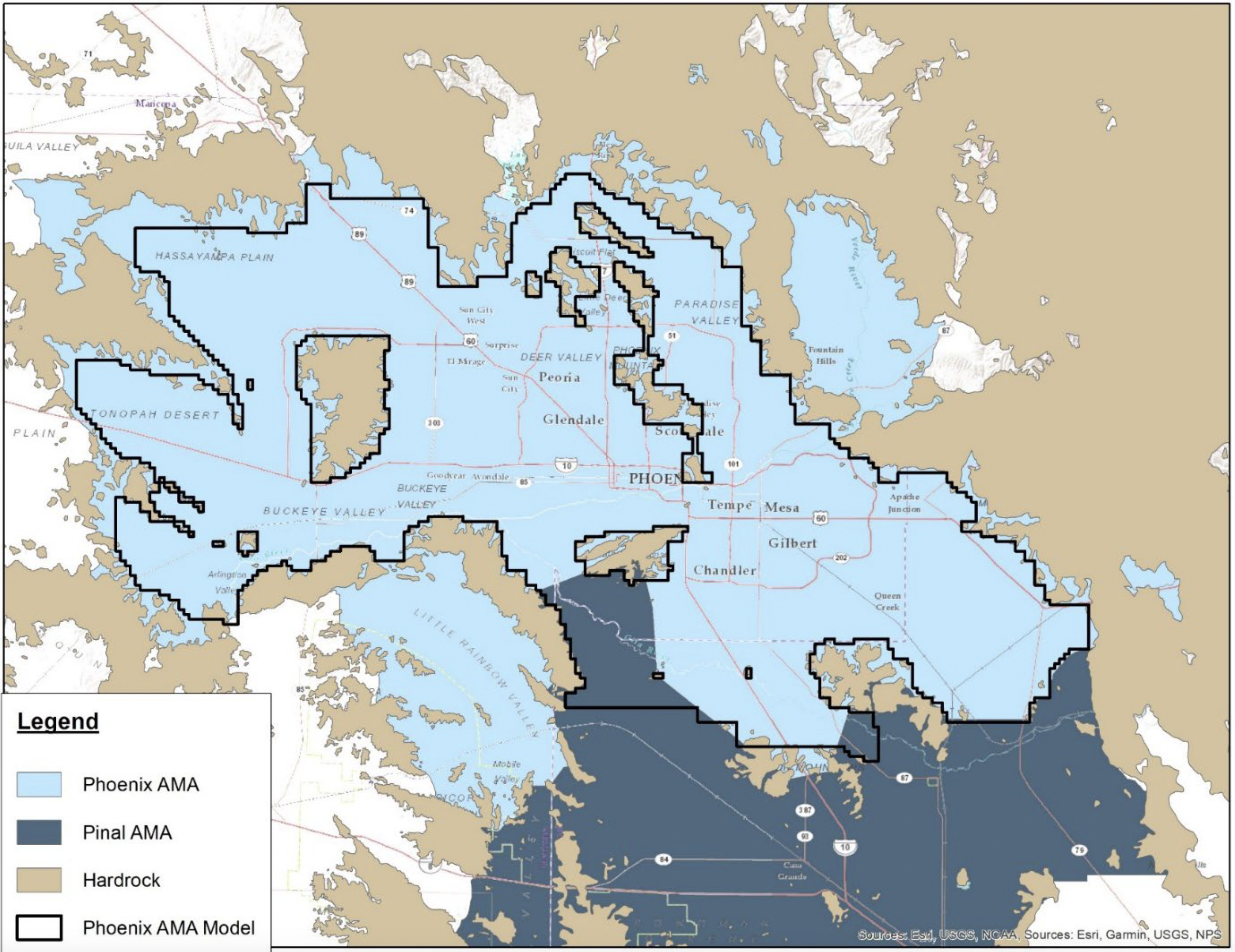Trending
Water Research Publications
The Kyl Center for Water Policy at Morrison Institute regularly publishes research to inform water policy planning and decision-making. See more publications on our Research page.
Featured Work
Arizona Water Blueprint
The Arizona Water Blueprint is a data-rich, interactive map of Arizona’s water resources and infrastructure. Offering data visualizations and in-depth multimedia content on important water-related topics, the Water Blueprint is a tool for holistic thinking to inform policy decisions and good water stewardship.

Water Rights and Water Use of Coal Facilities in the Colorado River Basin
The Just Energy Transition Center at Arizona State University Lightworks and ASU’s Kyl Center for Water Policy at Morrison Institute have inventoried the water used for coal power plants and mines within the Colorado River Basin. This first-of-its-kind research summarizes findings from extensive research to identify and describe the amount, source, and ownership of water rights used by coal-fired power plants and coal mines throughout the Colorado River Basin.

What does the new Phoenix area groundwater model mean?
The State of Arizona has released a new 100-year groundwater model for Greater Phoenix, showing that the area’s groundwater is fully allocated. While the model results will not impact cities, towns, and private water providers that have a Designation of an Assured Water Supply (the vast majority of Phoenix-area communities), the model results may have implications for the patterns and rates of new home development.
To learn more, check out the Kyl Center’s explainer on the new Phoenix Active Management Area groundwater model.

The ASU CuRVE Project: Colorado River Visualization Enterprise
The goal of the ASU Colorado River Visualization Enterprise (the "CuRVE Project") is to model the impacts to Arizona of Colorado River climate, hydrologic, and management scenarios. The CuRVE will visualize in an accessible way the potential effects of Colorado River shortages for individual community water systems, agricultural districts, tribal communities and industries across multiple years.
